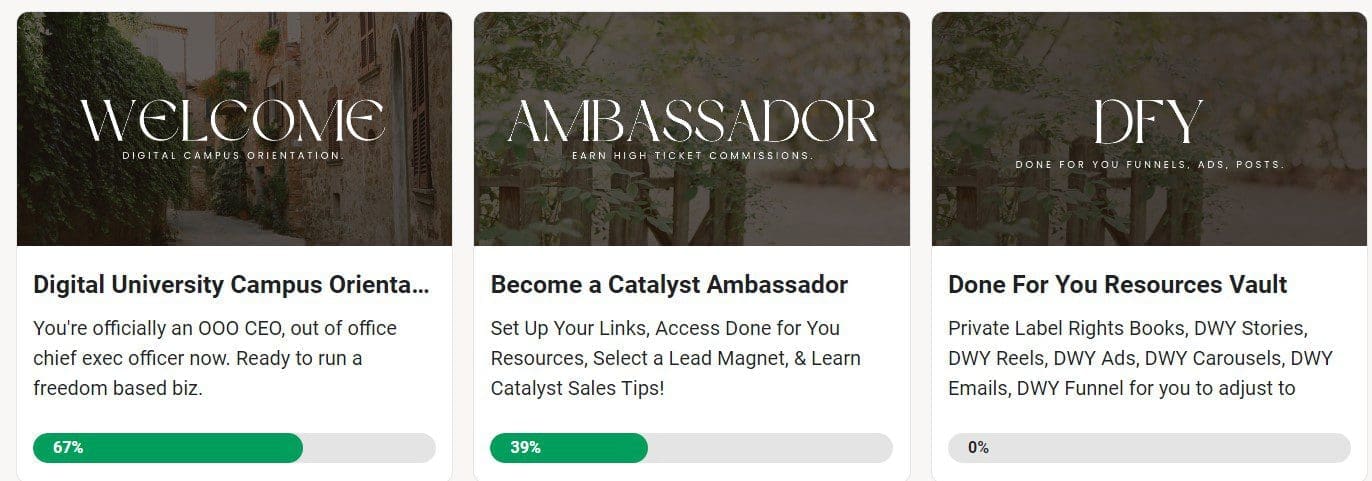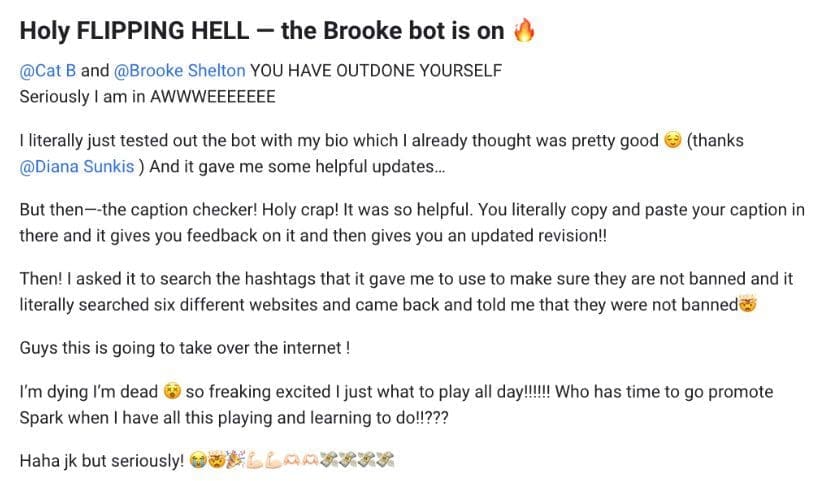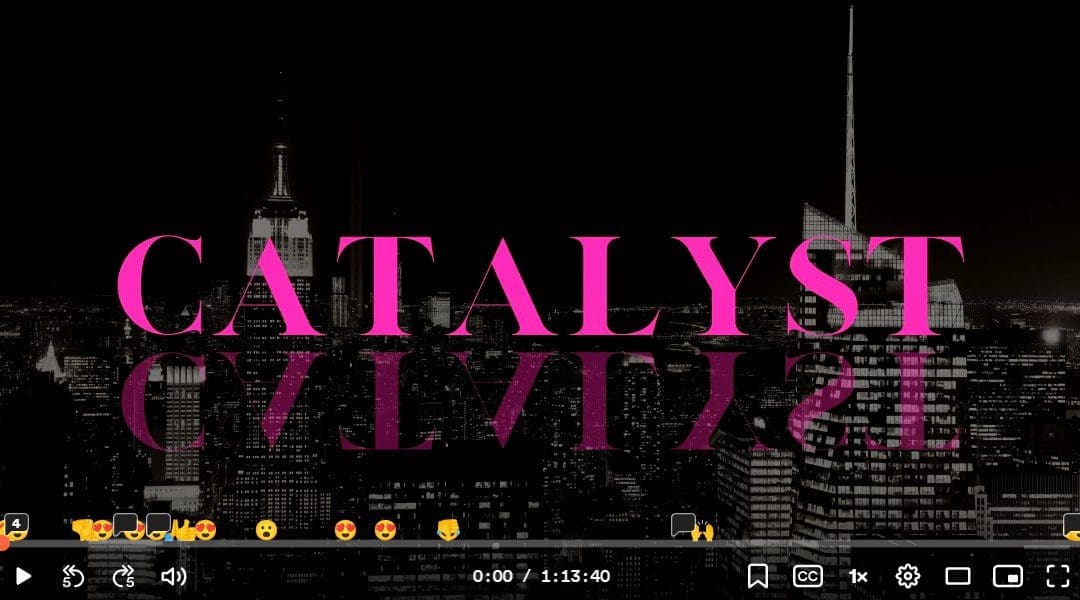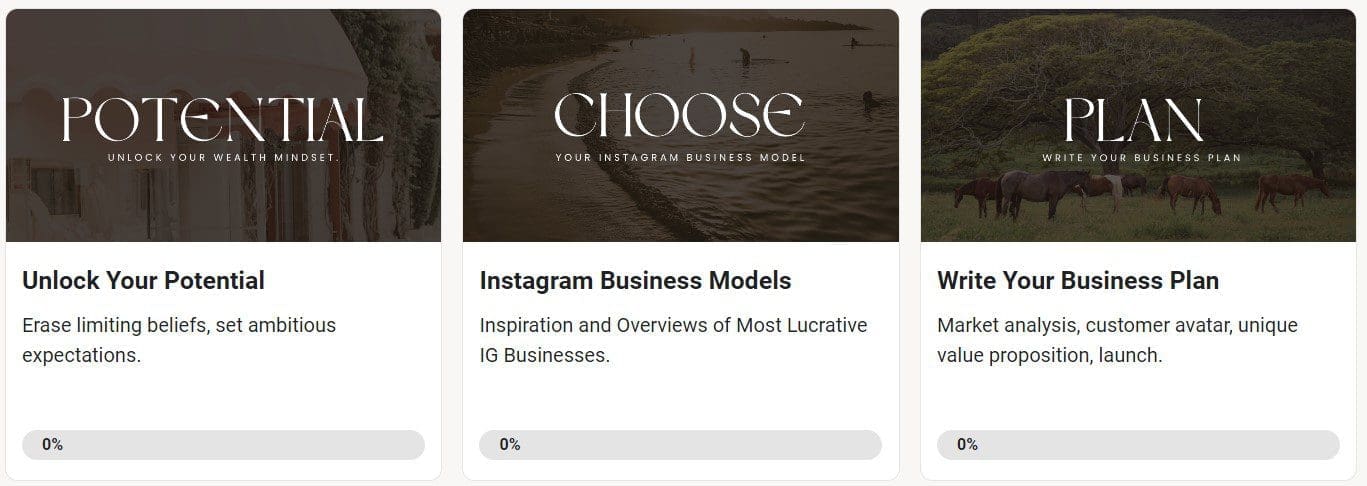Last Updated on September 23, 2024 by Jan Barley

If you nail your ideal customer avatar it makes it much quicker & easier to create content with effective messaging
Does the ideal customer avatar matter when you’re promoting on social media?
From experience, I can tell you how hard it is to create weekly content when you aren’t sure who you’re talking to.
Accurate messaging is vital if you want to get results.
I’m an advocate for using free systems and software to speed up processes. I use Claude AI daily and ChatGPT. It saves me hours of brainpower.
Here is a simple prompt you can use with Claude or ChatGPT to discover your ideal customer avatar.
Tweak it as you wish.
The ChatGPT or Claude AI Prompt
“Please help me find the top 10 questions I need to ask to understand my customer avatar, their demographics and psychographics. Include motivators, fears, desired transformation, learning style, financial mindset, and other relevant factors.
I want to understand how to perfect my messaging to understand my customer avatar and hone in on messaging style and the stories to tell my audience so they see me as an authority on my topic, authentic and relatable, and someone worth listening to and buying from.
I focus on selling an <insert course here> and want to teach people how to make money and start a business online so they can quit their jobs and have financial, time, and location freedom.”
Questions To Consider
These are the questions that Claude provided for my business, and they’re pretty much universal regardless of the business niche you choose.
Who Are They?
- What is their age, gender, location, occupation, education level, and marital status?
- Are they parents? If so, what are the ages of their children?
- What is their current job title, industry, and level of experience?
What Are Their Goals And Aspirations?
- What do they want to achieve (e.g., financial freedom, time with family, travel)?
- What does success look like to them?
- How does starting an online business align with their long-term goals?
What Are Their Biggest Frustrations With Their Current Work/Life Balance?
- Do they wish they had more time with the family or for hobbies?
- Are they at a transitional stage in their life (e.g., perimenopause or menopause, which can cause energy fluctuations, brain fog and more)?
- What would they change if a magic fairy appeared to grant their wishes?
What Are Their Pain Points And Challenges?
- What keeps them awake at night (e.g., job dissatisfaction, financial struggles, lack of time)?
- What are the biggest obstacles they face in starting an online business?
- What fears do they have about making a career change or starting a business?
What Motivates Them To Take Action?
- What drives them toward starting an online business (e.g., hating their job, wanting freedom, or wanting more control over their life)?
- What motivates them to take action (e.g., through success stories, how someone overcame a challenge, logical reasoning, or emotional appeals)?
What Are Their Fears And Objections?
- What are their biggest fears about starting an online business (e.g., fear of failure, wasting time or money)?
- What objections might they have to purchasing your course (e.g., “I don’t have time,” “I can’t afford it,” “It won’t work for me”)?
- How can you address these objections through your messaging?
What Transformation Are They Seeking?
- What is their desired end state after taking your course (e.g., quitting their job, achieving financial independence, travelling the world)?
- How do they envision their life improving due to starting an online business?
- What emotional and practical benefits are they looking for?
What Is Their Learning Style & How Do They Prefer To Consume Content?
- Do they prefer video content, written content, or interactive learning?
- How do they typically consume information (e.g., on-the-go via mobile, during their commute, late at night)?
- What platforms do they spend most of their time on (e.g., Instagram, YouTube, podcasts)?
What Is Their Financial Mindset?
- How do they view money and investing in themselves?
- Are they more frugal or willing to invest in tools and education if it means achieving their goals faster?
- How important is a money-back guarantee or proof of value before purchasing?
What Stories Will Resonate With Them?
- What life experiences or stories can you share that align with their journey (e.g., your own struggles with starting a business, how you achieved financial freedom)?
- How can you position yourself as someone who understands and has successfully overcome their struggles?
- What relatable anecdotes can you use to build trust and authenticity?
What Do They Value In A Mentor Or Authority Figure?
- What qualities do they seek in someone they want to learn from (e.g., expertise, transparency, relatability)?
- How do they define authenticity, and how can you demonstrate it in your messaging?
- What makes them see someone as worth listening to and buying from?
What is Their Current Job Situation & Income Level?
- Are they happy in their job?
- Do they work remotely or commute?
- Are they seeking a promotion or looking for another job?
What Does “Financial Freedom” Mean To Them Specifically?
- What financial freedom means to you could be entirely different for someone else.
- Do they want to be rich or comfortable?
- Do they want to work fewer hours or not at all?
What Previous Attempts, If Any, Have They Made To Start An Online Business?
- Have they tried and failed?
- Are they in a business that is not working out for them?
- Have they never considered starting a business because they think it’s too time-consuming, expensive, or for any other reason?
Who Do They Follow Or Admire In The Online Business Space?
- What type of influencer do they prefer? – for instance, there’s a big difference between Mel Robbins and Alex Hormozi
- Do they prefer motivational or educational influencers?
How Would They Describe Their Ideal Work Day If Money Wasn’t An Issue?
- Sailing the ocean on a yacht?
- Picnic in the park with the family?
- Time in nature or going to the gym?
- Sleeping in
What’s Their Biggest Limiting Belief About Making Money Online?
- What mental blocks do they have about money?
- Are they aware of these blocks?
- Do they lack self-belief about making money?
How Do They Define Success Beyond Just Financial Metrics?
Success doesn’t always have to be defined in monetary terms.
They might want to live more simply and have more time freedom. Like most people, they might value having more choices as the route to happiness. Finding the answers to this question reveals deeper motivations and values you can appeal to.
How To Perfect Your Messaging Based On These Insights
The next step is to start planning your messaging for your ideal customer avatar. That was tricky for me until I joined the Catalyst Collective.
The founder is an ex-sales and branding expert for Meta, so I got the inside scoop on messaging and many other aspects of social media marketing.
Anyhoo, use the following guidelines to structure your content.
Vary it so your audience has a mix of getting to know you and your sales message.
Don’t be afraid that social media users will get tired of your sales message. Indeed, repetition is your friend. Plus, the way the algorithms work is that the same followers won’t see your content.
- Make your content relatable: Use language and examples that resonate with their current situation and frustrations.
- Tell stories about your own journey: Share your challenges and wins or client successes that mirror their desired transformation.
- Address their concerns: Address common fears and doubts head-on in your content.
- Talk about benefits: Highlight the lifestyle benefits of running an Instagram business, not just the financial aspects.
- Showcase expertise: Provide actionable tips and behind-the-scenes glimpses of your own business.
- Vary your content: Use a mix of aspirational and relatable content to position yourself as an authority and someone who understands their starting point.
- Emphasise simplicity: Many courses are overwhelming> Make it clear that the course you’re promoting is a step-by-step program that does not cause someone to feel overwhelmed.
- Share testimonials: Publish success stories to help potential customers see themselves in your success stories.
- Use Instagram features like Stories and Reels: Showcase on your IG account to give a more personal, authentic view of your life as an online entrepreneur.
- Stay engaged: Regularly engage with your target audience through Q&As, polls, and direct messages to stay connected to their evolving needs and concerns.
Conclusion
Take your time working out your ideal customer avatar.
In many cases, the best customer avatar is you in the past!
For instance, I got burnt out working in a toxic workplace environment.
I loathe being micromanaged or following other people’s rules.
I’m a free spirit who craves lifestyle freedom and the ability to make my own choices. In the corporate world, we all mostly have to be compliant, and if you’re sick of that and want more freedom of choice, get started and then help people like you.











